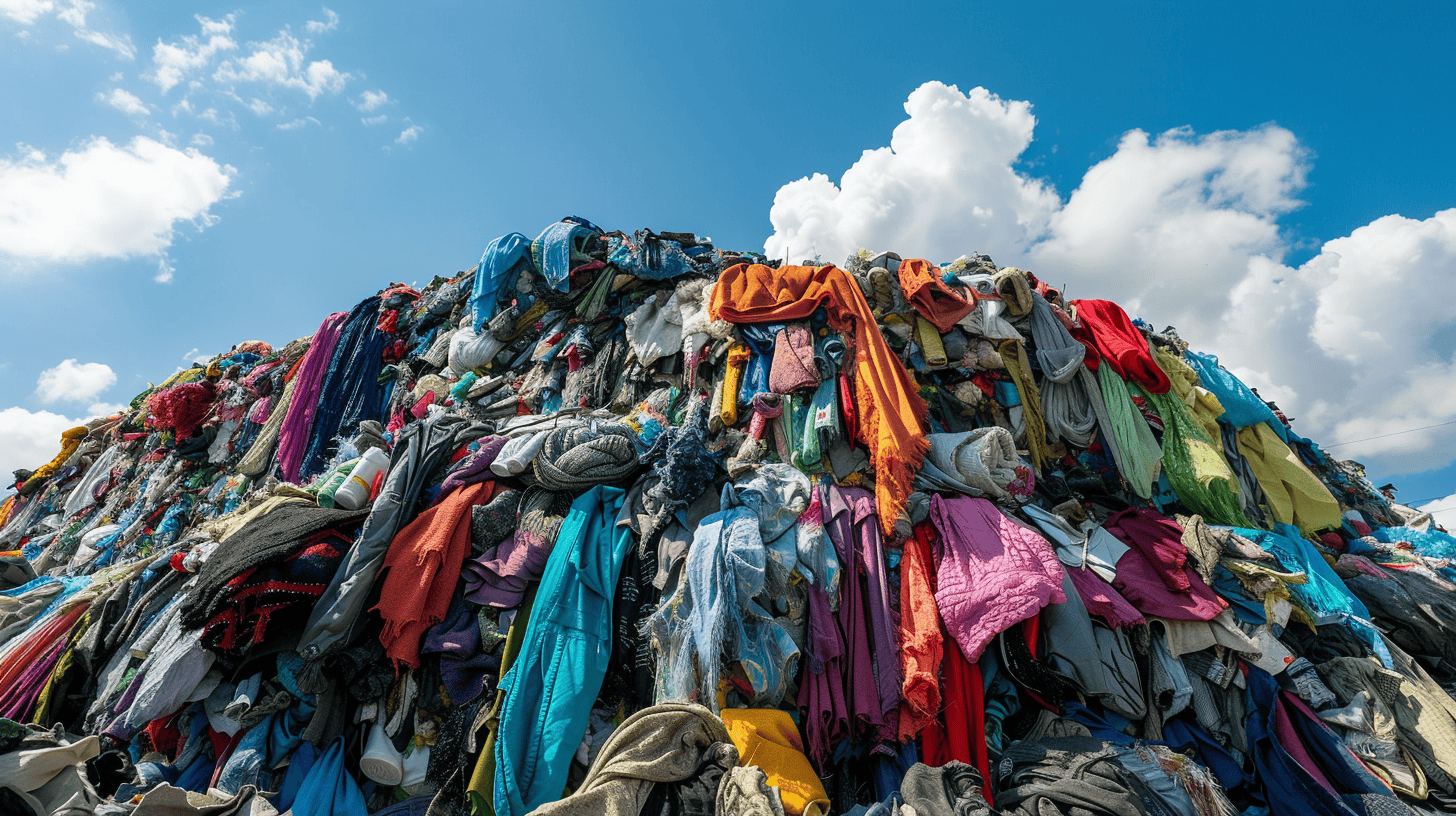
We need sustainable fashion more than ever. The industry is one of the most polluting ones. It is behind 10 percent of the world’s carbon emissions, dries up water sources, and pollutes water streams. Since the so-called fast fashion emerged, more of these resources are exploited. From 2000 onwards, clothing production has doubled, with people buying more garments and keeping them for half the time.
Fashion businesses themselves are offering more collections than ever, with an average that went from two in 2000 to five in 2011. What is more, 85 percent of the world’s textiles end up in dumps every year, not to mention that washing some kinds of fabrics results in releasing plastics into the oceans. How can these trends be reversed? These five companies are trying to change the status quo.
Resortecs
Every garment corresponds to a specific kind of thread. Each one has a specific color, material, or elasticity we look for in trousers or a jumper. At the moment, recycling textiles is oftentimes inconvenient. Reprocessing used clothes takes time because it mostly happens through manual labor.
This may all be a thing of the past because Resortecs developed a heat-soluble sewing thread. The Smart Stitch is no different from conventional threads, except for one thing: it allows garments’ to be disassembled without manual intervention. Alongside the thread, the Belgian company developed an oven that— without using fire —disassembles textiles. This system allows for easier recycling, without impacting quality or design possibilities.
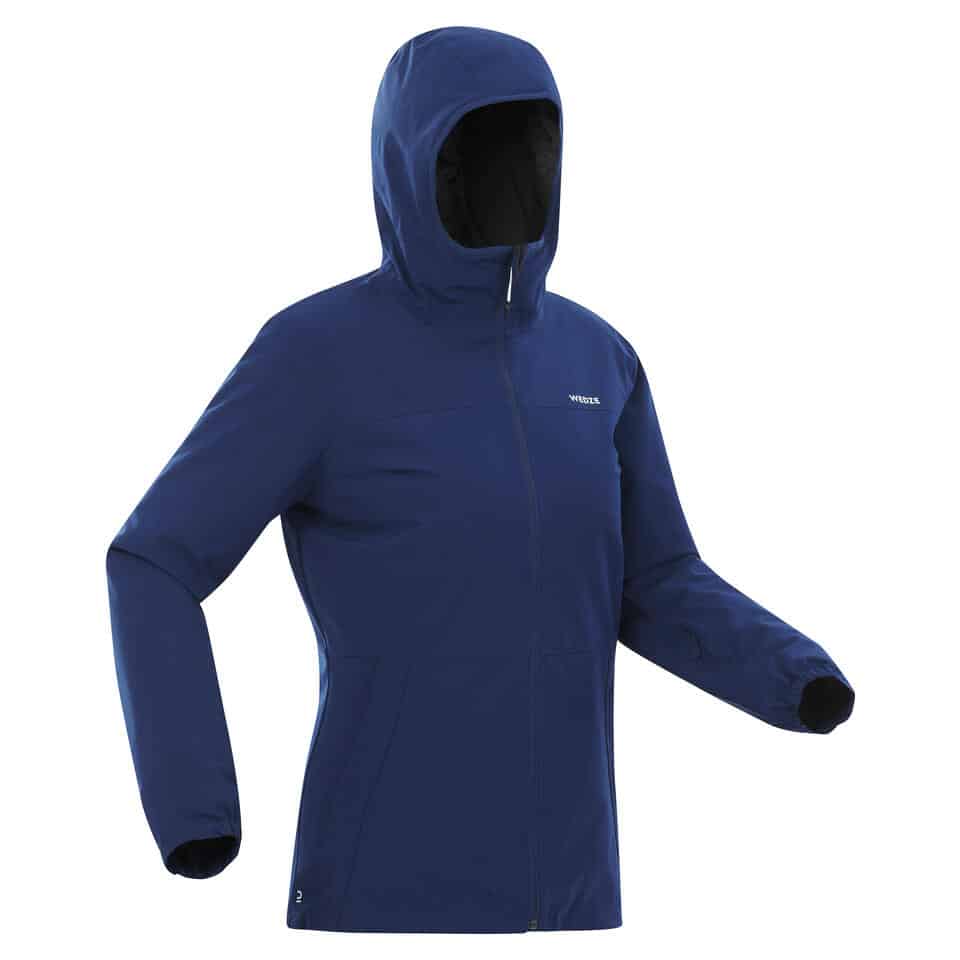
Orange fiber
Jam, juice, and jelly can all be easily related to oranges. Since a few years, fabric and citrus go hand in hand too. The Italian company Orange Fiber is indeed making fabric from citrus pulp. The Sicilian company extracts cellulose from oranges, lemons, or mandarins to then convert it into fabric to supply the clothing industry.
The end result is a light fabric, that resembles silk. Orange Fiber was used by high-end fashion houses such as Salvatore Ferragamo, as well as H&M and the tie maker Marinella.
Lamoral
If rain is your constant companion, you must have a good water-repellent coat. In the manufacturing of water-resistant coatings, hazardous chemicals are involved, that eventually pollute the environment.
Lamoral created a water-repellent coating to be applied to textiles without using fluorine – a hazardous chemical indeed. The Dutch company found a way to create a durable coating and sparked the interest of several sports and outdoor apparel manufacturers.
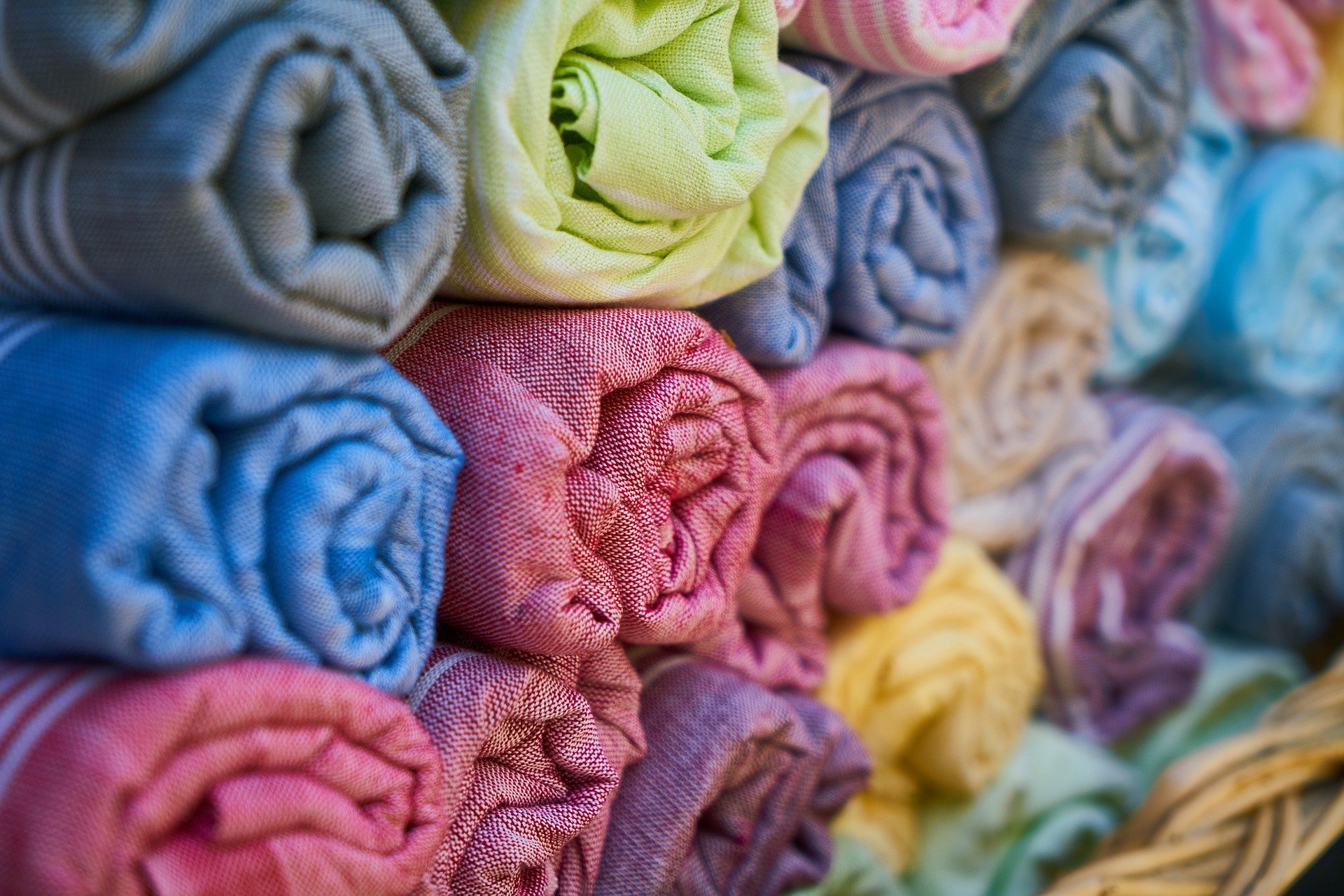
Coffee clothing
Before denim, a shirt, or a jacket get to your favorite shop’s shelves, many steps need to be completed. In the early stages of designing a product, trying out different materials and patterns helps figure out what works best. This entails producing garments that will end up being discarded.
Coffee Clothing’s mission of making the fashion industry more sustainable also consists of not producing any physical samples but using 3D drawings instead. What’s more, the company doesn’t do any physical fashion shows, opting instead for digital ones. Besides, the brand limits the number of chemicals used in clothes production.
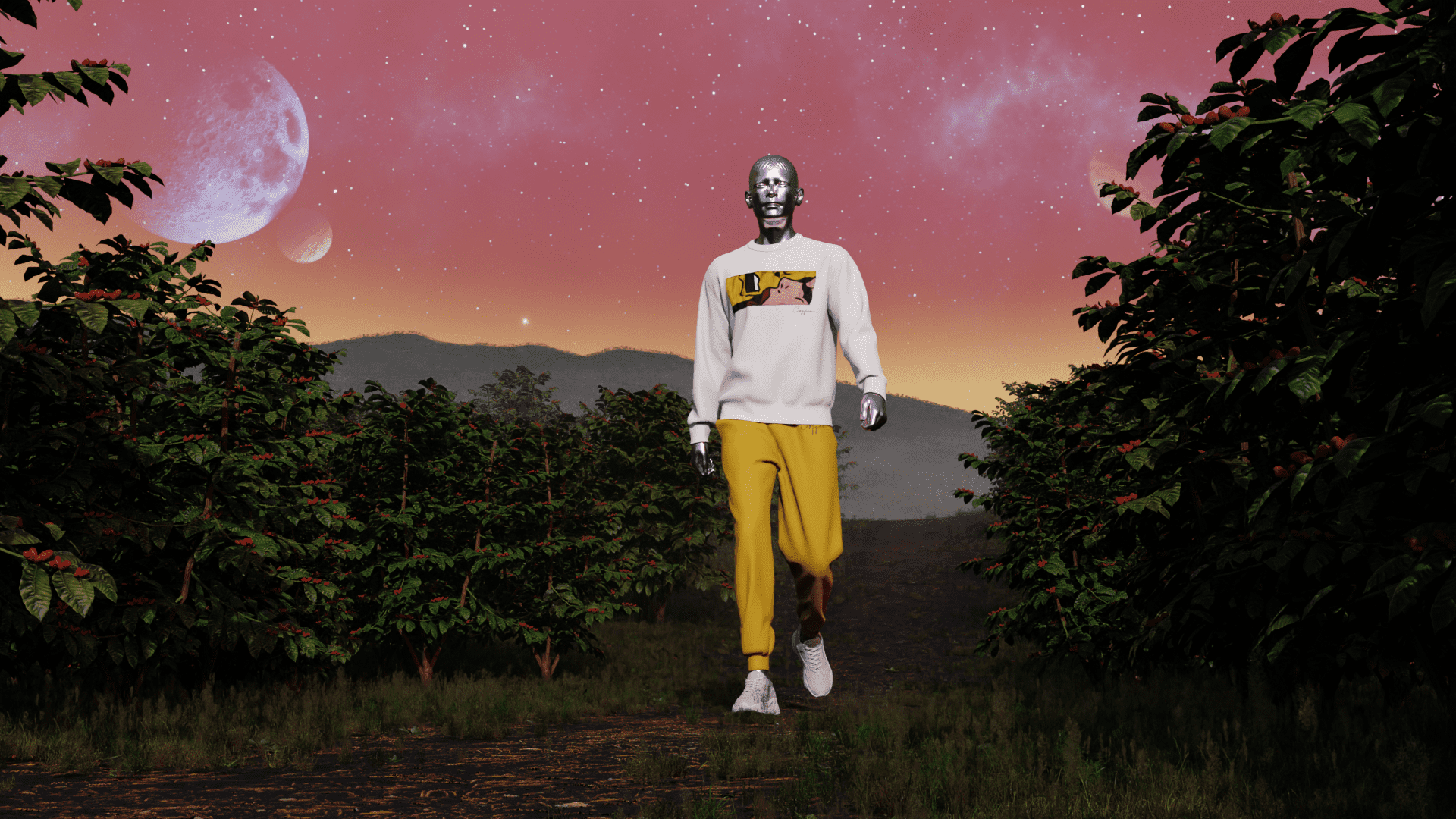
The fabricant
If digital fashion shows might not seem innovative, have you ever heard about a fully digital fashion brand? In that case, you should be aware that they already exist, and that The Fabricant is one of them.
The Fabricant is the first digital-only fashion house. There are no scissors, textiles, or sewing machines, but 3D models can be found in their digital atelier. If we are to experience more and more digital environments, we will need to dress to impress there as well. And the Fabricant got us covered.
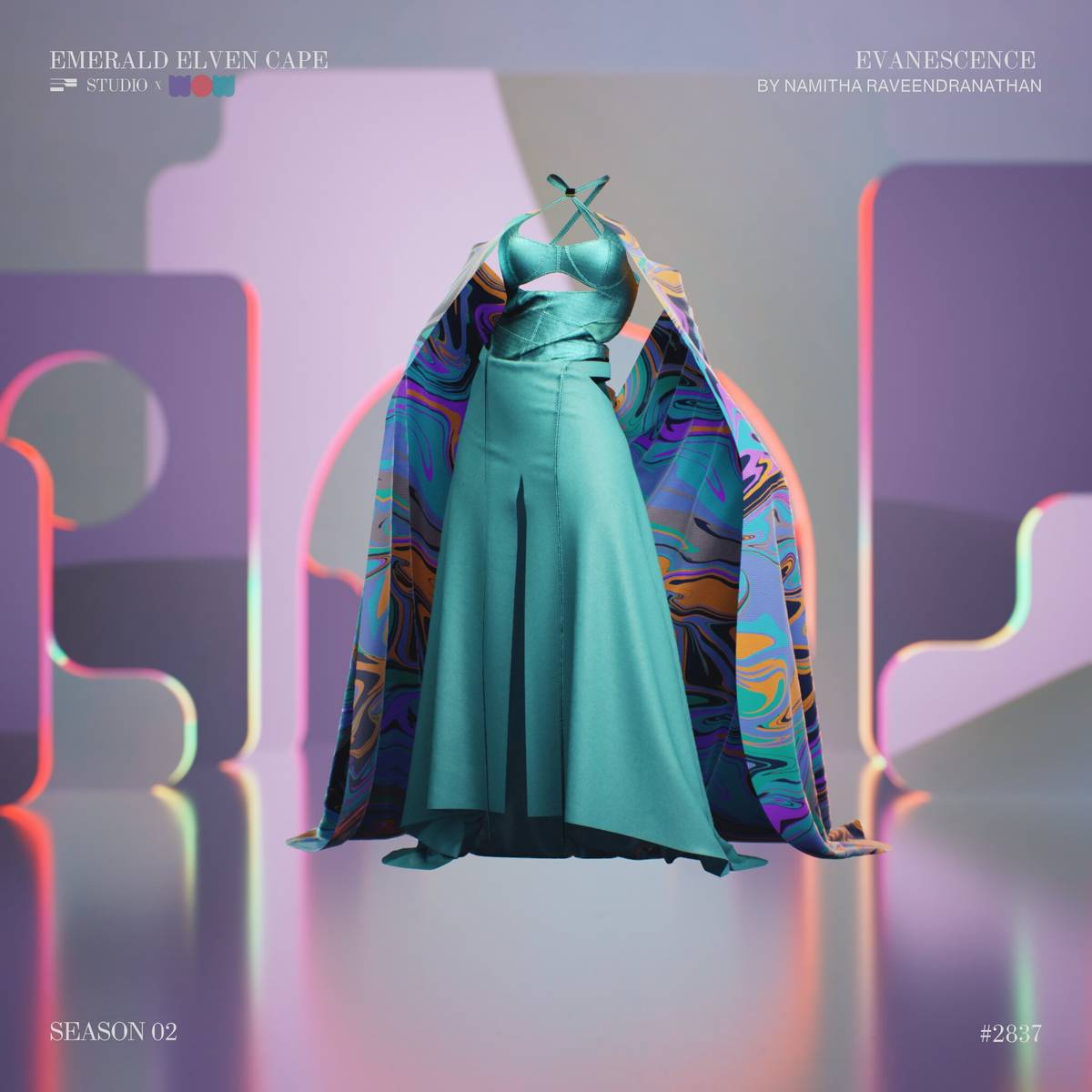
Sustainable fashion
In the physical and digital world, fashion addicts will still have the chance to find the best outfits. Hopefully, without the need for as much pollution as we do now.



